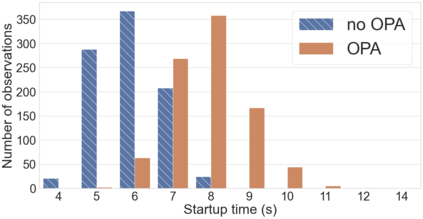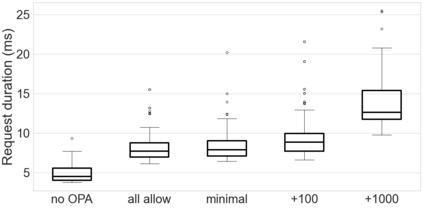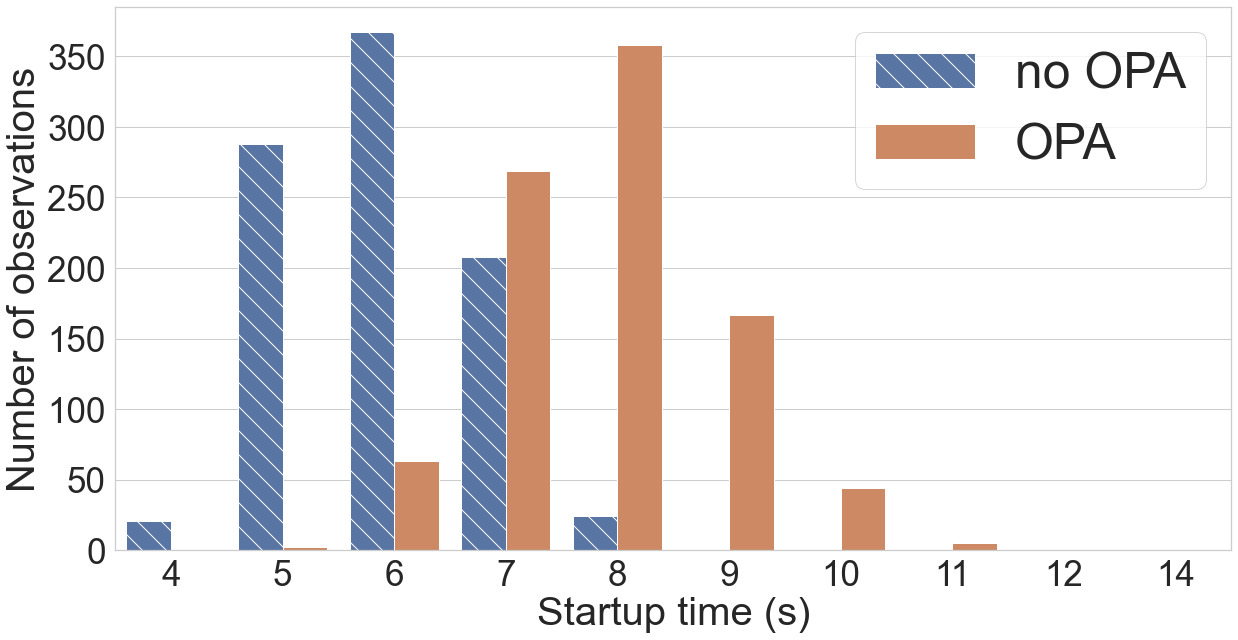Data leaks and breaches are on the rise. They result in huge losses of money for businesses like the movie industry, as well as a loss of user privacy for businesses dealing with user data like the pharmaceutical industry. Preventing data exposures is challenging, because the causes for such events are various, ranging from hacking to misconfigured databases. Alongside the surge in data exposures, the recent rise of microservices as a paradigm brings the need to not only secure traffic at the border of the network, but also internally, pressing the adoption of new security models such as zero-trust to secure business processes. Business processes can be modeled as workflows, where the owner of the data at risk interacts with contractors to realize a sequence of tasks on this data. In this paper, we show how those workflows can be enforced while preventing data exposure. Following the principles of zero-trust, we develop an infrastructure using the isolation provided by a microservice architecture, to enforce owner policy. We show that our infrastructure is resilient to the set of attacks considered in our security model. We implement a simple, yet realistic, workflow with our infrastructure in a publicly available proof of concept. We then verify that the specified policy is correctly enforced by testing the deployment for policy violations, and estimate the overhead cost of authorization.
翻译:数据泄漏和破坏正在上升,给电影业等企业造成巨大资金损失,给制药业等与用户数据打交道的企业造成了巨大的资金损失,也给制药业等与用户数据打交道的企业造成了用户隐私损失。防止数据暴露具有挑战性,因为这类事件的原因多种多样,从黑客到错误配置数据库等。除了数据暴露激增外,最近微服务作为一种范例的兴起,不仅需要网络边界的安全交通,而且需要在内部催生采用新的安全模式,如零信任模式,以确保业务流程的安全。业务流程可以模拟为工作流程,风险数据所有人与承包商进行互动,以完成关于这些数据的一系列任务。在本文件中,我们展示了如何在防止数据暴露的同时执行这些工作流程。根据零信任原则,我们利用微观服务架构提供的孤立,发展了基础设施,以强制执行所有者政策。我们表明,我们的基础设施能够适应安全模式中考虑的一连串攻击。我们用一个简单、现实的工作流程来与基础设施进行模拟,以公开提供的概念证明。我们随后核查这些工作流程如何执行这些工作流程,同时防止数据暴露数据暴露。我们根据零信任原则,通过执行授权来正确测试所指定的政策。








